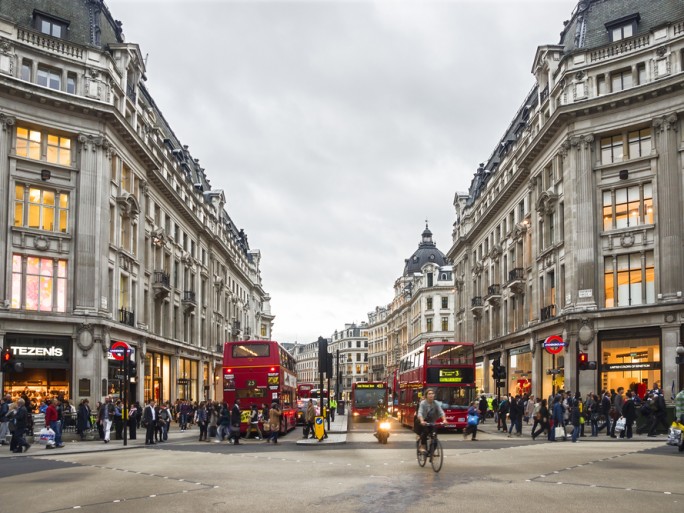Privacy and Politics: London Wants To Get Business Model Right For Smart Cities

London has a European smart city demonstrator but authorities say understanding the value of data and getting finance right is essential
As local authorities across the UK look to see how digital and smart city technology can save money amid huge cuts from central government and improve public services, London is no exception.
As a recent advert from the London Office of Technology and innovation showed, City Hall is working on its own smart city ambitions, not least one of the European smart city demonstrators in Greenwich which will test driverless cars.
Smart city London
![]() For Andrew Collinge at the GLA, who is overseeing the European demonstrator, the advantages of smart cities are obvious but there are challenges beyond the technology that must be met.
For Andrew Collinge at the GLA, who is overseeing the European demonstrator, the advantages of smart cities are obvious but there are challenges beyond the technology that must be met.
He told Smart IoT London that the public sector is well aware of the technological advantages of having a smart city but working out the business model and, in his case, getting all 33 London boroughs on board.
The challenge is therefore making benefits relatable, not just to local government, but to citizens who stand to benefit.
“I am not a technologist, I am an interested amateur in comparison,” he said. “Smart is a mesmeric, slightly distrusted thing that I think we need to have a better understanding of in local government.
“We might not always be the best purchasers of this stuff but we know sensors and edge computing is coming down. We know storage is there in abundance.”
Getting the framework right
![]() Transport for London (TfL) is presented as one of the best examples of a smart city application, albeit a primitive one at present. Because it spans across London and touches virtually every single demographic, its data is a treasure trove.
Transport for London (TfL) is presented as one of the best examples of a smart city application, albeit a primitive one at present. Because it spans across London and touches virtually every single demographic, its data is a treasure trove.
It has opened up several APIs to developers and most recently used its Wi-Fi network to get information about journey times, routes and passenger behaviour. It also has the Oyster Card and contactless data to draw upon.
“I’d struggle to find a city of the same scale that’s doing as well as London. NYC still has paper tickets,” added Collinge. “The next step is using Wi-Fi beacons to see how people move around stations. Citymapper is something that is enhanced by crowdsourced data. You might be able to see which stations are the most crowded.”
In a crowded city like London, transport is an obvious candidate for smart city developers. Air quality is another. Collinge speculates that the IoT could allow for a smarter congestion charge based on duration and emissions rather than the current model of one size fits all.